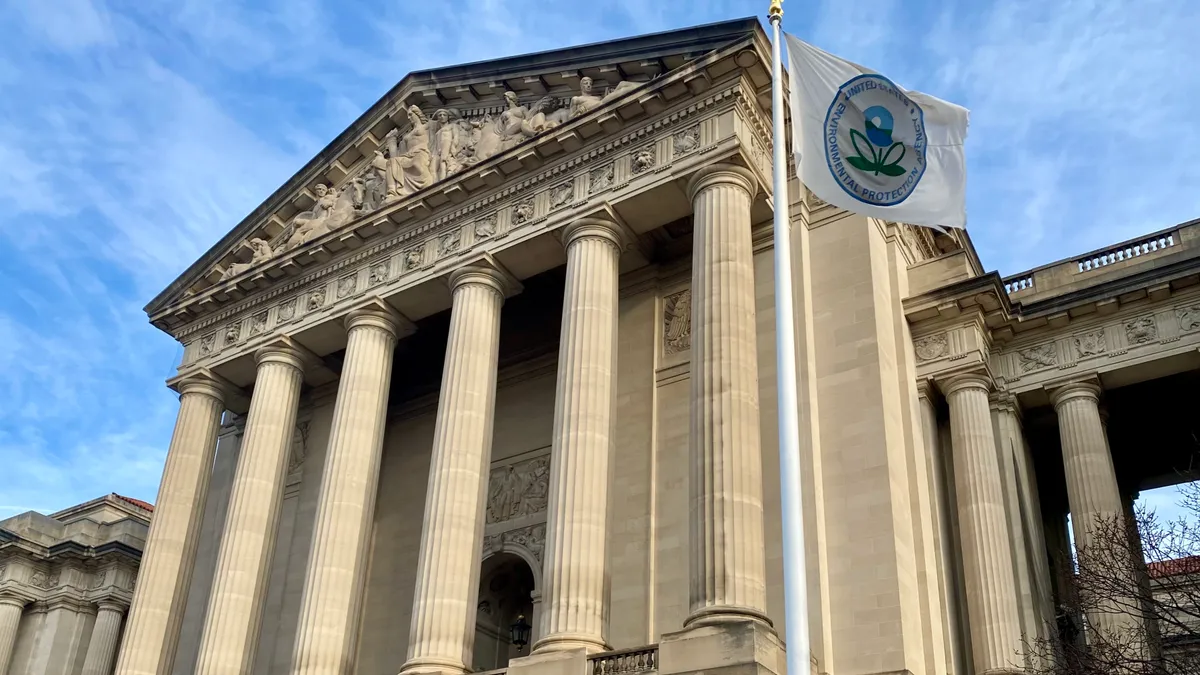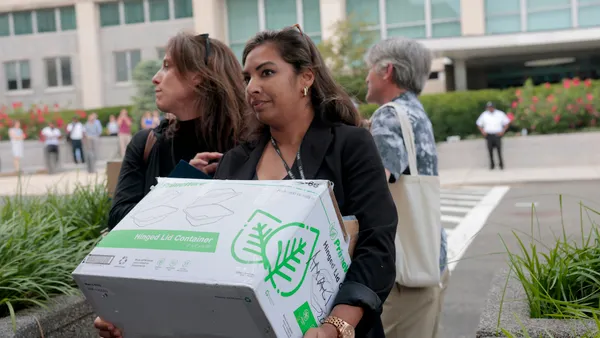Editor's note: This article was originally published in American City & County, which has merged with Smart Cities Dive to bring you expanded coverage of city innovation and local government. For the latest in smart city news, explore Smart Cities Dive or sign up for our newsletter.
v class="columns small-12 single-post-content_text-container">
It’s been years since stay-at-home orders and mask mandates broke the headlines, and cities have more or less recovered from the effects of the pandemic. Most administrators now project a positive short-term fiscal outlook, according to the National League of Cities’ (NLC) annual 2023 City Fiscal Conditions report.
The report, which was published earlier this month, analyzes data from 820 cities and includes responses from more than 530 finance officers. In the months after the pandemic was realized, federal aid from initiatives like the American Rescue Plan Act and the Bipartisan Infrastructure Law bolstered municipal budgets, allowing them to weather the immediate crisis. The support gave administrators a chance to fiscally plan for the future and thoughtfully position their communities for the next challenge.
“We took a slow, methodical approach on how we were going to use our ARPA funds. The first thing we did was have a community survey and focus groups on what were the actual needs of our community. We did a rental assistance program where over $1 million has been spent in the community to help with rental issues, adding to our police force, and social services. We were really careful to make sure that we weren’t using ARPA for operating costs, our use of APRA was focused on one-time programs and getting the money to our local economy,” said Kimberly Lord, director of finance for Manchester, Conn., in a statement from NLC about the report. NLC analysts attribute the cautious budgeting undertaken by administrators to an anticipated economic downturn—which hasn’t materialized.
“Cities prepared for a potential fiscal downturn by reining in their revenue and expenditure budget estimates,” the report says. “However, the recent economic outlook shows that the U.S. economy may instead be headed for a ‘soft landing’—a gradual slowdown of growth without a sharp contraction—in which city budgets may not be impacted as negatively as once believed.”
High property values and historically low unemployment rates have bolstered municipal tax bases over the last few years, giving cities flexibility for the future. Almost seven out of 10 finance officers reported being better able to meet financial goals this year than last year in the report: “The average city experienced more than a six percent increase in general fund revenues. Inflation is more manageable and cities are reaping some benefits of lower inflation,” the statement says.
As planners look to the future, they’re expecting more risk and uncertainty, according to the report. The end of federal funding through the American Rescue Plan Act is a concern for local leaders because it isn’t clear how programs funded through those initatives will continue. And as the economy continues to stabilize, constant-dollar general fund revenues are expected to decline (they went down by about a half percent in fiscal year 2022, and are expected to further decline by 2.4 percent in fiscal year 2023).
While most finance officers reported optimism for this year’s budget, only about half expressed optimism for next year’s budget cycle.
“
In the future, if the current trend continues, administrators might have to decide between raising taxes, cutting spending, or borrowing to span the fiscal gap.









